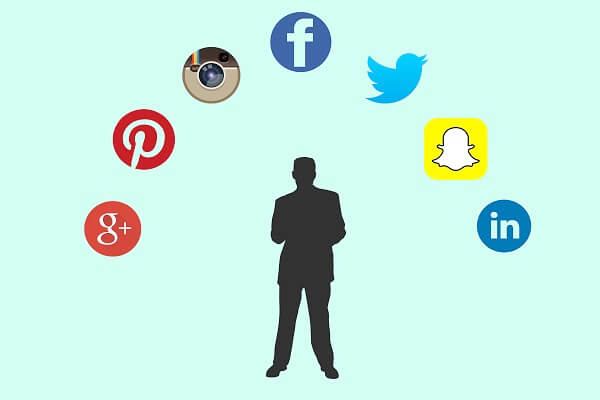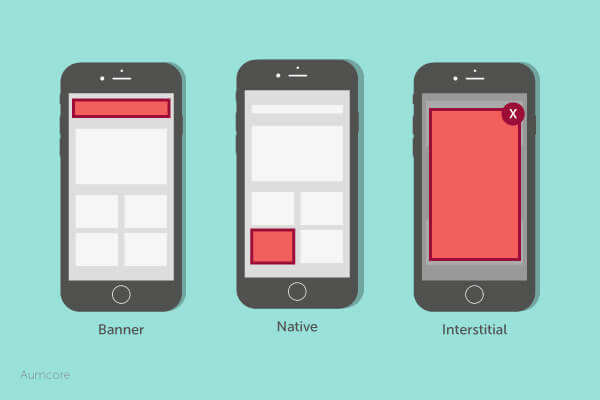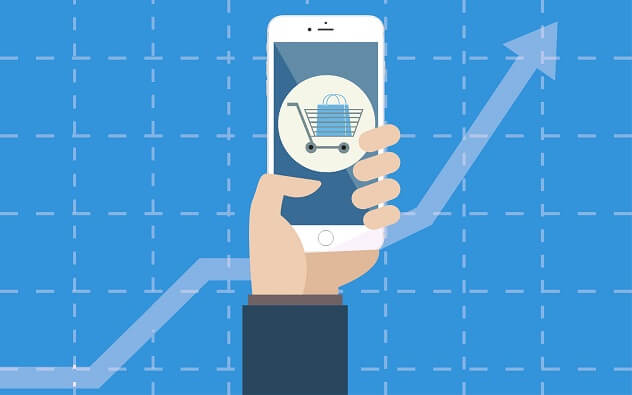Converting site visitors is not easy. Simple as that. A lot can go wrong; your landing page may not be optimized, leading to high bounce-rates, your site may not be accessible by mobile visitors, and unless you’re partnered with a digital marketing agency, you’re all on your own.
The thing is, you still need to grow your business; you need to make sure that your investments are going to the right places. To this end, here are 7 next-level tactics that’ll help you up your ROI.
1: Analytics – Track Everything
If you want to increase your ROI, you have to get down to the minute details; what is happening and why. Otherwise, how are you to know if what you’re doing is working?
The beauty of analytics is that, like a good book, they tell you the whole story without leaving out any details. Consider Google Analytics, for example. By using UTMs (unique tracking marks) for social media, paid media, email marketing, etc., you can track every comment, every mention, every click, everything. You can even separate and analyze data across platforms and devices to see where your strong and weak points lie.
In other words, you get an overall picture of what’s going on with your marketing efforts. The alternative, not using analytics, would be like performing surgery with a blindfold. You can operate, sure, but are you operating on the right organ? Switching back to our topic today, marketing without analytics could lead to:
- More money than is needed being devoted to an avenue that doesn’t need it
- Less money than is needed being devoted to an avenue that needs it
In conclusion and to reiterate an earlier statement, if you want to increase your ROI, you have to get down to the minute details.
2: Content Marketing for the Win
By far, having a content marketing plan is one of the best ways to increase ROI. This is especially true because we’re dealing with digital marketing, not traditional marketing. As such, we have to consider the long-term effects of posting online, namely that once something is online, it’s pretty much up there for good.
With this in mind, the first step is to create a content calendar that’ll allow you to keep track of posts and keep the conversation going with your audience. You can also separate content types by social channels depending on who your audience is and what you industry is. This also applies to different stages of the conversion process; in the beginning, an infographic can work as a demand generation tool that makes your audience think, “huh, I really do need that service!” And more toward the end, an article that paints you as the solution for their problem acts a lead generation tool.
And as we’ll soon see, you can use content marketing to enhance your SEO efforts.
3: Employ SEO
SEO, or search engine optimization, is a process used to ‘organically’ bring traffic to your site. It’s different from SEM (search engine marketing) in that whereas SEM includes paid media, SEO is unpaid.
Knowing that, combining a content marketing plan with SEO is incredibly important because your goal is to gain free traffic, and content marketing does just that. By using keywords throughout your site’s content, including headings and subheadings in your website, you’re increasing your odds of being found. Just make sure not to use too many, this is called ‘keyword stuffing,’ a black hat SEO practice, and leads to lower SERP rankings.
Apart from using keywords in your content, you should also use backlinks to your site throughout your content. Every backlink increases your site’s authority in the eyes of Google and other search engines, making it more likely that you’ll be found and that you’ll get more conversions.
4: SEM and SEO: a Perfect Combination
SEO is wonderful, especially because of the organic and unpaid traffic aspect, but used alone it may not make as much of a dent. This is why it’s important to combine SEO with SEM. Think of it this way, SEM places you in your audience’s radar, SEO keeps you there.
More likely than not, the SEM tactics you’ll end up using are witer PPC (pay-per-click) ads, advertising in which you pay for every click your ad gets, or CPM (cost-per-thousand) ads, advertising in which you pay for every 1,000 your ad makes. They both have their pros and cons, and you should use them according to your goals. Feel free to use this article as your guide to everything paid marketing.
5: Enter Social
Social media is a treasure trove of potential. You can connect with your target audience and have two-way dialogue in which you talk with them instead of at them. As Bryan Kramer, the ‘zen master of marketing,’ points out, “There is no more B2B or B2C. It’s H2H: Human to Human.” And if you’re an eCommerce business, you can integrate your shop and sell through through some social channels such as Facebook, Twitter and Instagram.
Social media is also an excellent platform to further your content marketing plan, especially because your posts can be found through Google search. This means that by including keywords and phrases in your status updates you’ll increase your odds of being found.
6: Don’t Forget Mobile
Every now and then something comes along that will either make or break your business. A couple of years ago it was the internet, and now it’s mobile. Before the Internet, business could get by with word-of-mouth ‘advertising’ and traditional marketing. Then came the world wide web and its countless advertising advantages and opportunities.
What the Internet did then, mobile is doing now. In a time when more people are browsing the Internet with mobile devices than desktops, opting out of making your website mobile-friendly is a BIG mistake. To illustrate, let’s walk through an imaginary scenario in which you sell designer handbags online:
- Jessica sees someone on the street walking with a cute purse
- Jessica decides to do a Google search for businesses selling similar purses
- Jessica sees your site on Google’s SERPs and clicks into it
- …
- …
- …
- Three seconds of loading frustrates Jessica and prompts her to click out and go to a competitor site
This example illustrates the very real consequence of not adapting to the mobile-first world we live in today. In a similar vein, Thomas Husson, VP and Principal Analyst at Forrester Research, said:
“Mobile is becoming not only the new digital hub, but also the bridge to the physical world. That’s why mobile will affect more than just your digital operations – it will transform your entire business.”
As a side note, mobile-friendliness is the bare minimum to pass Google’s tests and doesn’t do too much to improve UX. Instead, opt for a responsive site that resizes everything according to screen size.
7: Definitely Don’t Forget Mobile Advertising
We previously talked about the importance of combining paid marketing with organic marketing, and now that we know how important entering the mobile sphere is, it’s time to monetize off of it with ads.
If people are using their phones to browse the Internet more so than desktops, shouldn’t you be devoting the lion’s share of your ad spending on mobile? Keep in mind not to treat mobile ads like other forms of advertising, as the ad type that works on desktops may not work well on mobile.
Final Thoughts
Whether you’re a small business owner or part of a digital marketing agency, these tactics will give you the upper hand needed to up your ROI. Do one or all, do something, otherwise you risk falling through the cracks:
- Analytics: Track Everything
- Content Marketing for the Win
- Employ SEO
- SEM and SEO: a Perfect Combination
- Don’t Forget Mobile
- Definitely Don’t Forget Mobile Advertising
- Enter Social








Tell us your thoughts in the comments